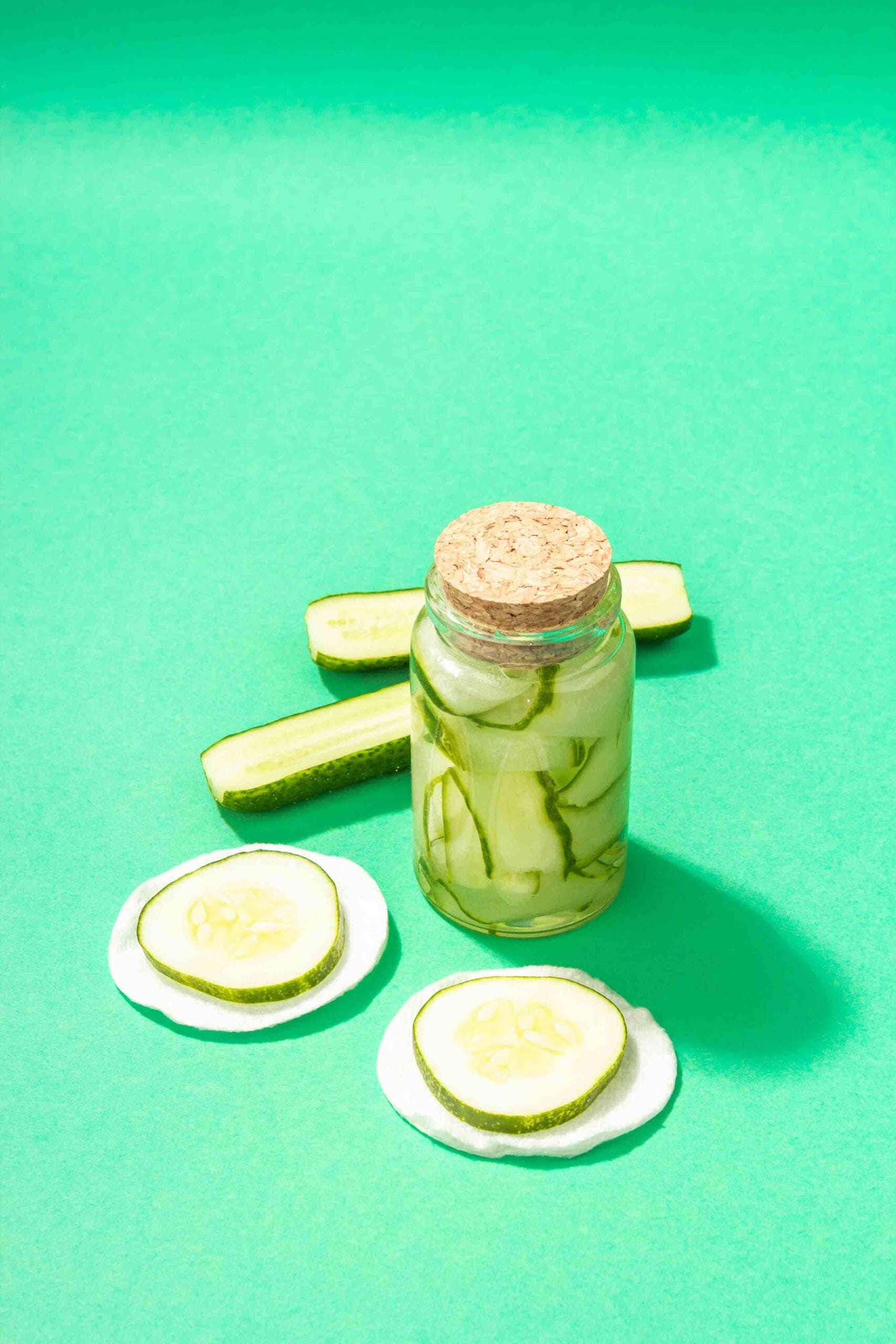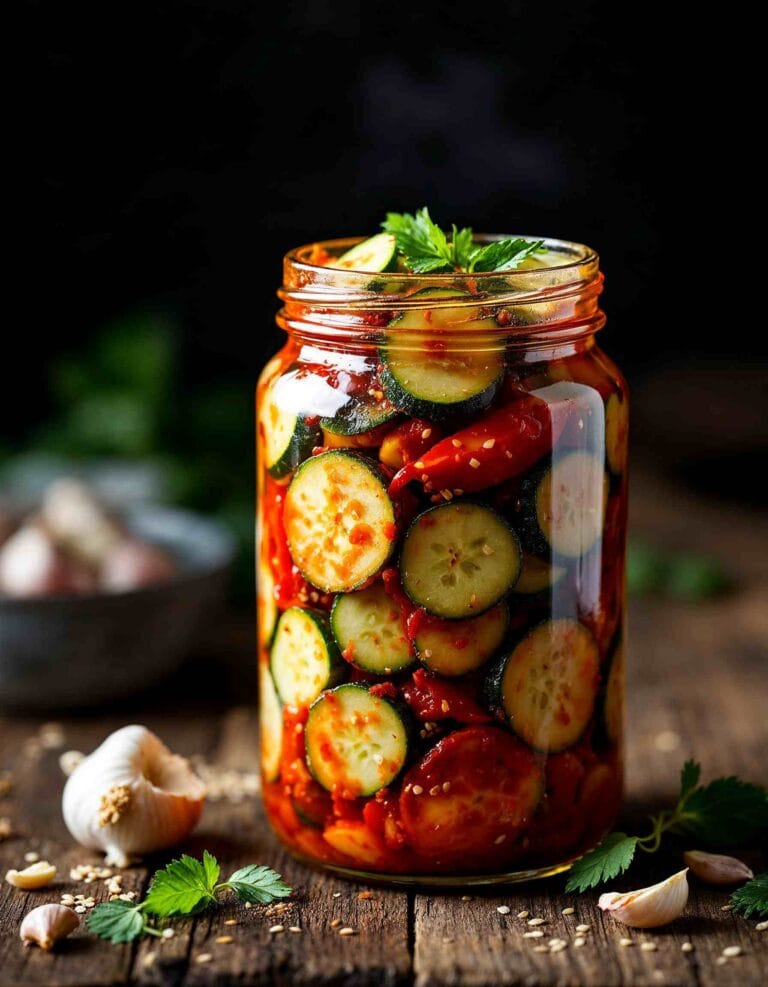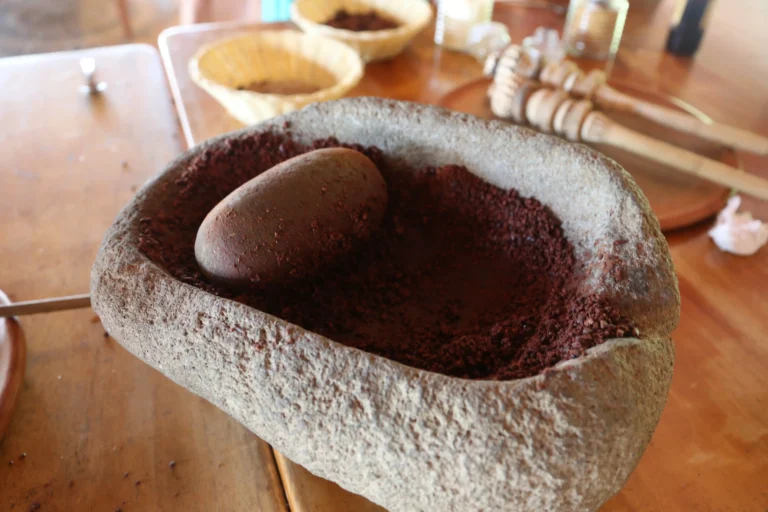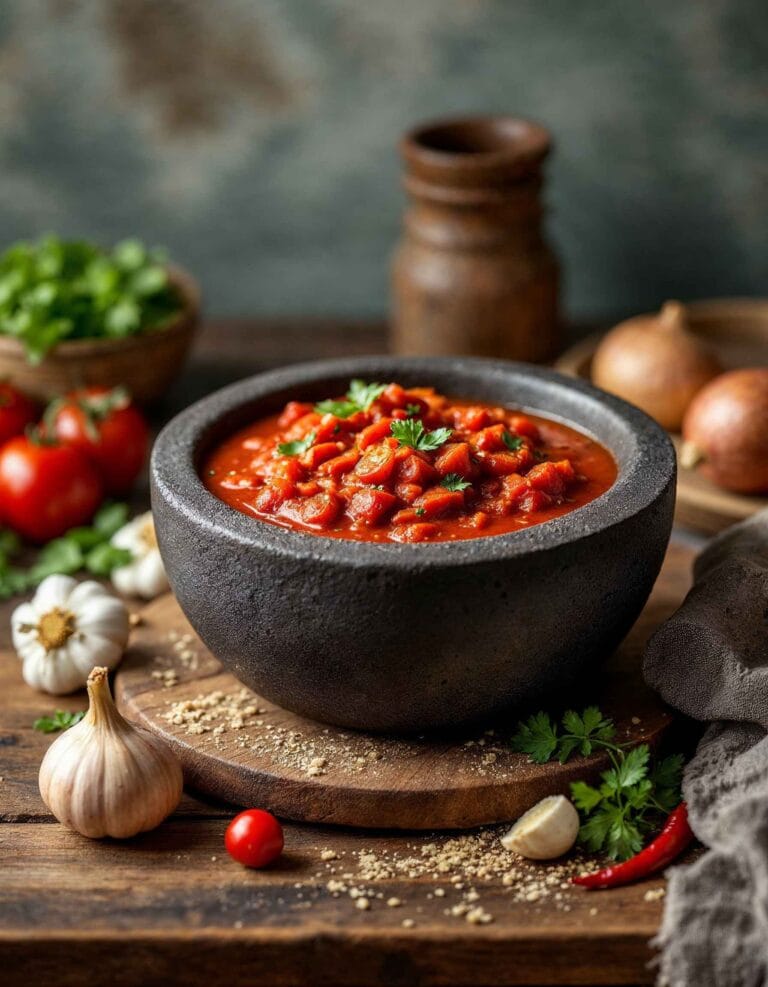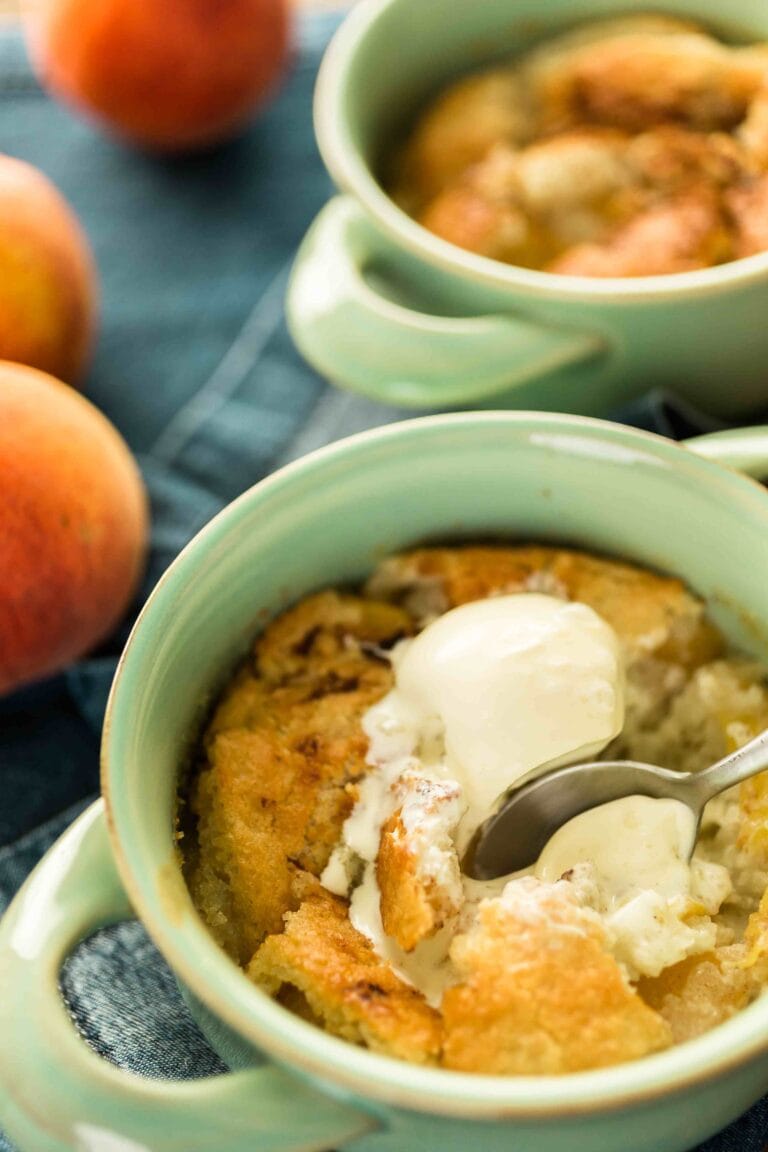How Long Does Cucumber Kimchi Ferment? A Complete Guide to Perfect Fermentation
Cucumber kimchi, known as oi kimchi (오이김치) in Korean, is a refreshing and flavorful side dish popular in Korean cuisine. Many people wonder: how long does cucumber kimchi ferment to achieve its best flavor? Unlike traditional napa cabbage kimchi, cucumber kimchi is known for its crisp texture and quick preparation time. The answer depends on factors like temperature, recipe, and personal taste preferences.
This guide will explore the ideal fermentation times, what affects them, and how the flavors develop at different stages, helping you create cucumber kimchi to suit your preferences.
Follow this easy guide to prepare a refreshing and flavorful cucumber kimchi at home.
Factors Influencing Fermentation
Fermenting cucumber kimchi is not a one-size-fits-all process. Several factors influence how quickly it ferments and the depth of flavor it develops. Understanding these factors will help you achieve your desired taste and texture.
1. Temperature
Temperature plays a crucial role in the speed of fermentation:
- Room Temperature (65–75°F or 18–24°C): At room temperature, cucumber kimchi ferments quickly, often reaching its peak flavor in 24 to 48 hours. The warmer the environment, the faster the fermentation.
- Refrigeration (Below 40°F or 4°C): If stored in the refrigerator, fermentation slows significantly, and it can take 3–5 days or more for the flavors to develop. Refrigerated fermentation is ideal for extending shelf life and achieving a milder, less tangy taste.
2. Salt Concentration
Salt is essential for controlling the fermentation process in cucumber kimchi:
- Higher Salt Levels: A saltier brine slows down fermentation, which can be useful for those who prefer a gradual flavor development.
- Lower Salt Levels: A lighter salting method speeds up fermentation but may also lead to a shorter shelf life and more rapid softening of the cucumbers.
3. Recipe Ingredients
The ingredients used can also influence the fermentation timeline:
- Spices and Aromatics: Garlic, ginger, chili powder, and fish sauce are common in cucumber kimchi. These ingredients create a bold flavor profile but also affect the fermentation rate. For instance, garlic and fish sauce can accelerate fermentation due to their microbial activity.
- Cucumber Variety and Preparation: Thin-skinned cucumbers, such as Korean or Persian cucumbers, ferment more quickly because they absorb salt and seasoning faster. Cutting cucumbers into smaller pieces or scoring them can also speed up the process.
4. Type of Container
The fermentation vessel matters:
- Traditional Ceramic Onggi Pots: These pots allow for slight air exchange, promoting a more traditional fermentation process.
- Glass or Plastic Containers: Airtight glass jars are convenient for small batches and help preserve the crispness of cucumbers during fermentation.
5. Personal Taste Preferences
Some people prefer lightly fermented cucumber kimchi for its bright and fresh taste, while others enjoy the deeper tang of longer fermentation. Adjusting fermentation time to your taste is part of the joy of making kimchi.
Short-Term Fermentation
Cucumber kimchi is distinct from traditional cabbage kimchi in that it ferments much faster, often becoming ready in just a day or two. Short-term fermentation is ideal for those who enjoy crisp textures and fresh flavors, with just a hint of tanginess.
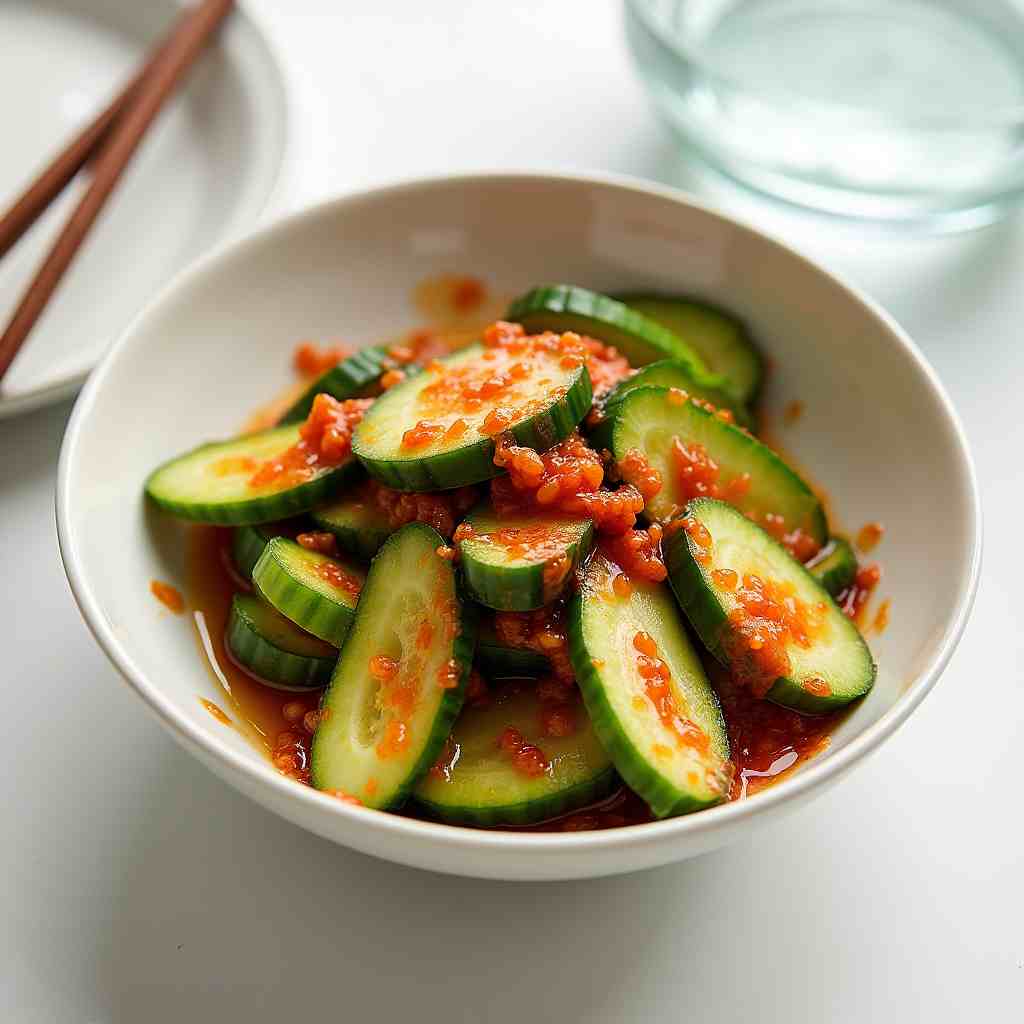
1. Characteristics of 24–48 Hour Fermentation
When cucumber kimchi is fermented for 1–2 days, it retains its vibrant green color and crunchy texture while developing mild acidity. Here’s what to expect:
- Flavor: The taste is primarily fresh, with a gentle tanginess starting to emerge. The seasonings, such as garlic, ginger, and chili powder, meld into the cucumbers, creating a balanced flavor profile.
- Texture: Cucumber pieces remain firm and crisp, offering a satisfying crunch with every bite.
- Aroma: The scent is slightly pungent due to the fermentation process but still dominated by the fresh ingredients used.
This stage is popular for warm climates or summer meals when people prefer a light and refreshing side dish.
Complement your cucumber kimchi with these iconic Korean banchan for a well-rounded meal.
2. Benefits of Quick Fermentation
Short-term fermentation has several advantages:
- Quick Turnaround: The dish is ready to eat in a short time, making it ideal for last-minute preparations.
- Retained Nutrients: Minimal fermentation ensures cucumbers keep most of their raw nutritional content, including vitamins and antioxidants.
- Milder Flavor: The tangy flavor is subtle and may appeal to those who find deeply fermented kimchi too strong.
3. How to Monitor Short-Term Fermentation
To ensure perfect fermentation in 24–48 hours, keep the following in mind:
- Check Daily: Open the container after 24 hours to taste the kimchi. If it has achieved your preferred level of tanginess, move it to the refrigerator to slow further fermentation.
- Watch for Bubbling: Small bubbles in the liquid are a sign of active fermentation.
- Store Properly: Use a clean, airtight container to prevent unwanted contamination during the initial fermentation phase.
4. Best Uses for Short-Term Fermented Kimchi
Lightly fermented cucumber kimchi pairs wonderfully with a variety of dishes:
- Rice Dishes: Its fresh and tangy flavor complements plain steamed rice or bibimbap.
- Grilled Meats: It cuts through the richness of fatty or spicy grilled dishes like bulgogi or galbi.
- Snacks or Appetizers: Serve as a stand-alone snack or with crackers for a unique fusion-style appetizer.
Short-term fermentation gives you an exciting way to enjoy cucumber kimchi at its freshest while exploring its initial flavor profile. However, for those seeking deeper complexity, longer fermentation offers a different experience.
Extended Fermentation
While cucumber kimchi is often enjoyed after a short fermentation period, allowing it to ferment longer can result in more complex flavors and an entirely different culinary experience. Extended fermentation, typically lasting 3 to 5 days or more, brings out a deeper tanginess and a more pronounced umami profile.
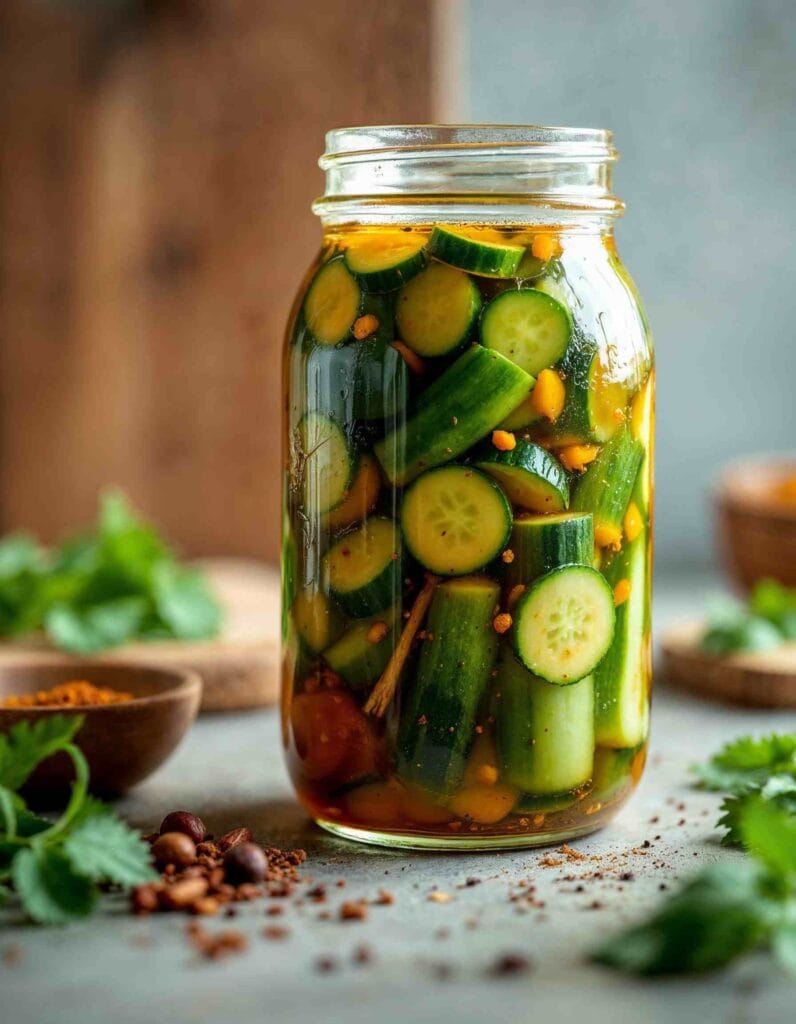
1. Characteristics of Longer Fermentation
As cucumber kimchi ferments over several days, the flavors and textures undergo noticeable changes:
- Flavor: The tanginess intensifies as the natural sugars in the cucumbers break down, producing lactic acid. The combination of spices and the brine results in a rich, savory flavor with a hint of sourness.
- Texture: Over time, the cucumbers lose some of their crispness and develop a slightly softer texture. While still enjoyable, they become less crunchy than in the short-term stage.
- Aroma: The fermentation process produces stronger, more pungent smells, typical of traditional kimchi.
2. Advantages of Extended Fermentation
Longer fermentation enhances the culinary and health benefits of cucumber kimchi:
- Deeper Flavor: For those who love bold, tangy kimchi, extended fermentation provides an irresistible depth of flavor.
- Probiotics: The longer the fermentation, the higher the concentration of probiotics, which contribute to gut health.
- Versatile Applications: The stronger flavor profile makes it an excellent addition to stews, soups, or stir-fries.
3. How to Monitor Extended Fermentation
For optimal results during extended fermentation, follow these guidelines:
- Taste Testing: Check the flavor daily after the third day. You can stop the fermentation at any point when the taste suits your preference.
- Temperature Management: Keep the kimchi in a cool, consistent environment (e.g., 65°F or 18°C for room temperature or a refrigerator for a slower process).
- Prevent Over-Fermentation: If left too long, cucumber kimchi may become overly sour or mushy. For best results, transfer it to the refrigerator after 5–7 days.
4. How to Use Longer-Fermented Cucumber Kimchi
Deeply fermented cucumber kimchi pairs beautifully with hearty or bold dishes:
- Kimchi Jjigae: Add it to a Korean kimchi stew to infuse the broth with its tangy, spicy flavor.
- Noodles or Dumplings: Use it as a topping for noodle soups or a side dish for steamed dumplings.
- Fusion Recipes: Incorporate it into grilled cheese sandwiches, tacos, or even pizza for a creative twist.
5. Balancing Flavor and Shelf Life
If you prefer long-fermented cucumber kimchi but want to maintain its quality, consider these tips:
- Portioning: Divide the batch into smaller containers to ferment individually, reducing the chance of over-fermentation.
- Freezing: Although less common, you can freeze fermented kimchi for future use. Thawed kimchi works well in cooked dishes like stir-fries.
Extended fermentation transforms cucumber kimchi into a more robust, tangy side dish that showcases the depth and versatility of Korean fermentation techniques. For those who appreciate intense flavors, this method is worth the wait.
Fermentation Techniques
Creating the perfect cucumber kimchi requires more than just understanding fermentation timelines; the techniques and tools used can significantly impact the final product. From traditional methods to modern adjustments, knowing the proper techniques ensures a successful fermentation process.
1. Traditional Fermentation Methods
Traditional Korean fermentation methods have been honed over centuries to bring out the best flavors in kimchi:
- Ceramic Onggi Pots: These breathable clay pots allow air circulation, creating an ideal environment for fermentation. Onggi pots are often used for large batches and are traditionally buried underground to maintain a stable temperature.
- Seasonal Fermentation: In Korean tradition, cucumber kimchi is often made in spring or summer when cucumbers are in season, and the warmer weather accelerates fermentation.
2. Modern Tools and Adjustments
For smaller, home-friendly batches, modern tools make it easier to ferment cucumber kimchi:
- Glass Jars: Airtight glass containers are popular for home use. They allow you to monitor the fermentation process visually and are easy to clean.
- Plastic Fermentation Containers: Specialized plastic kimchi containers with airlocks help manage pressure and prevent overflow during fermentation.
3. Preparing Cucumbers for Fermentation
The preparation process impacts how well the cucumbers absorb the seasonings and brine:
- Salting the Cucumbers: Tossing cucumbers in salt draws out excess moisture, making them crisper and better able to absorb flavors. Allow the cucumbers to sit in salt for about 20–30 minutes before rinsing.
- Cutting Styles: Cucumbers can be sliced into discs, sticks, or cross-shaped cuts. Cross-shaped cuts are common for stuffed cucumber kimchi, where the filling mixture is packed into the cuts for even seasoning.
4. Managing Fermentation Environment
Controlling the environment is essential for successful fermentation:
- Avoid Direct Sunlight: Keep the container in a dark, cool place to prevent rapid or uneven fermentation.
- Burping the Jar: During the first 24–48 hours, open the container slightly to release built-up gas, especially if using airtight jars.
- Preventing Mold: Ensure all ingredients are fully submerged in the brine to avoid mold growth. Weighing down the cucumbers with a clean, heavy object can help.
5. Tips for Achieving the Best Flavor
To ensure flavorful and balanced cucumber kimchi, follow these additional tips:
- Even Mixing: Thoroughly combine the cucumbers with the seasoning paste to ensure even distribution of flavors.
- Balance of Ingredients: Adjust the amount of chili powder, garlic, and fish sauce to suit your personal spice tolerance and taste preferences.
- Consistency in Slicing: Uniform cucumber sizes ensure they ferment evenly, avoiding some pieces being over- or under-fermented.
6. Troubleshooting Common Issues
Fermenting cucumber kimchi can sometimes lead to unexpected results. Here are common issues and how to fix them:
- Kimchi is Too Sour: Reduce fermentation time by refrigerating earlier. Over-sour kimchi can still be used in cooked dishes like stir-fries or stews.
- Kimchi is Too Soft: Use firmer cucumbers and ensure proper salting during preparation. Over-fermentation can also lead to softness, so monitor the timeline closely.
- Unpleasant Odor: This is often due to contamination or inadequate salting. Always use clean utensils and ensure ingredients are fresh.
Mastering these fermentation techniques will help you create cucumber kimchi that is consistent, flavorful, and suited to your personal taste.
FAQs
1. How Long Can Cucumber Kimchi Last?
Cucumber kimchi typically lasts 1–2 weeks when stored in the refrigerator. The exact duration depends on factors such as the salt concentration and storage conditions. As it ages, cucumber kimchi will become softer and more sour. To maintain its quality:
- Keep it in an airtight container.
- Ensure the cucumbers are fully submerged in brine to prevent mold.
2. How Long Does Kimchi Take to Fully Ferment?
Kimchi, including cucumber kimchi, can take anywhere from 24 hours to several weeks to fully ferment, depending on the temperature and desired tanginess.
- Room Temperature (65–75°F/18–24°C): Fully ferments in 2–4 days for cucumber kimchi and up to a week for cabbage kimchi.
- Refrigeration: Slows fermentation significantly, with cucumber kimchi taking 5–7 days or longer to develop full tanginess.
The term “fully fermented” depends on personal taste—some enjoy a mild tang, while others prefer a stronger sour flavor.
3. How Long Should Cucumbers Be Fermented?
The recommended fermentation time for cucumbers depends on the style and flavor you prefer:
- Short-Term Fermentation: 24–48 hours at room temperature creates a lightly tangy, crisp kimchi.
- Extended Fermentation: 3–5 days or more develops a deeper, more complex flavor.
Monitor the texture and taste daily, especially if fermenting at room temperature, as cucumbers can become overly soft if left too long.
4. How Do You Know If Kimchi Is Fully Fermented?
Fully fermented kimchi exhibits the following signs:
- Tangy Flavor: The taste becomes distinctly sour, indicating the production of lactic acid.
- Bubbles in the Brine: Visible bubbles or slight fizzing in the liquid show active fermentation.
- Pungent Smell: The aroma becomes stronger and more characteristic of fermented foods.
- Texture Changes: Cucumber kimchi may soften slightly but should not be mushy.
Taste-testing is the best way to determine if the fermentation level meets your preference. Once it does, refrigerate it to slow further fermentation.
Conclusion
Cucumber kimchi is a delightful and versatile dish that showcases the art of Korean fermentation. Its quick preparation and adaptable fermentation timeline make it suitable for both beginners and seasoned kimchi enthusiasts. Whether you prefer it lightly fermented in just 24–48 hours or enjoy the deeper tanginess of extended fermentation, cucumber kimchi offers a range of flavors and textures to suit every palate.
Understanding the factors that influence fermentation—such as temperature, salt levels, and preparation techniques—can help you tailor the process to your taste. Monitoring the fermentation closely ensures that your kimchi develops the desired balance of crispness, spice, and tang. Plus, with proper storage and care, your cucumber kimchi can remain a delicious addition to your meals for up to two weeks.
From enjoying it fresh as a quick side dish to incorporating it into stews and stir-fries as it matures, cucumber kimchi is a flavorful and healthful way to explore Korean culinary traditions. Now that you have a complete guide to fermentation and tips for success, it’s time to try making your own and enjoy this tangy, spicy delicacy!

